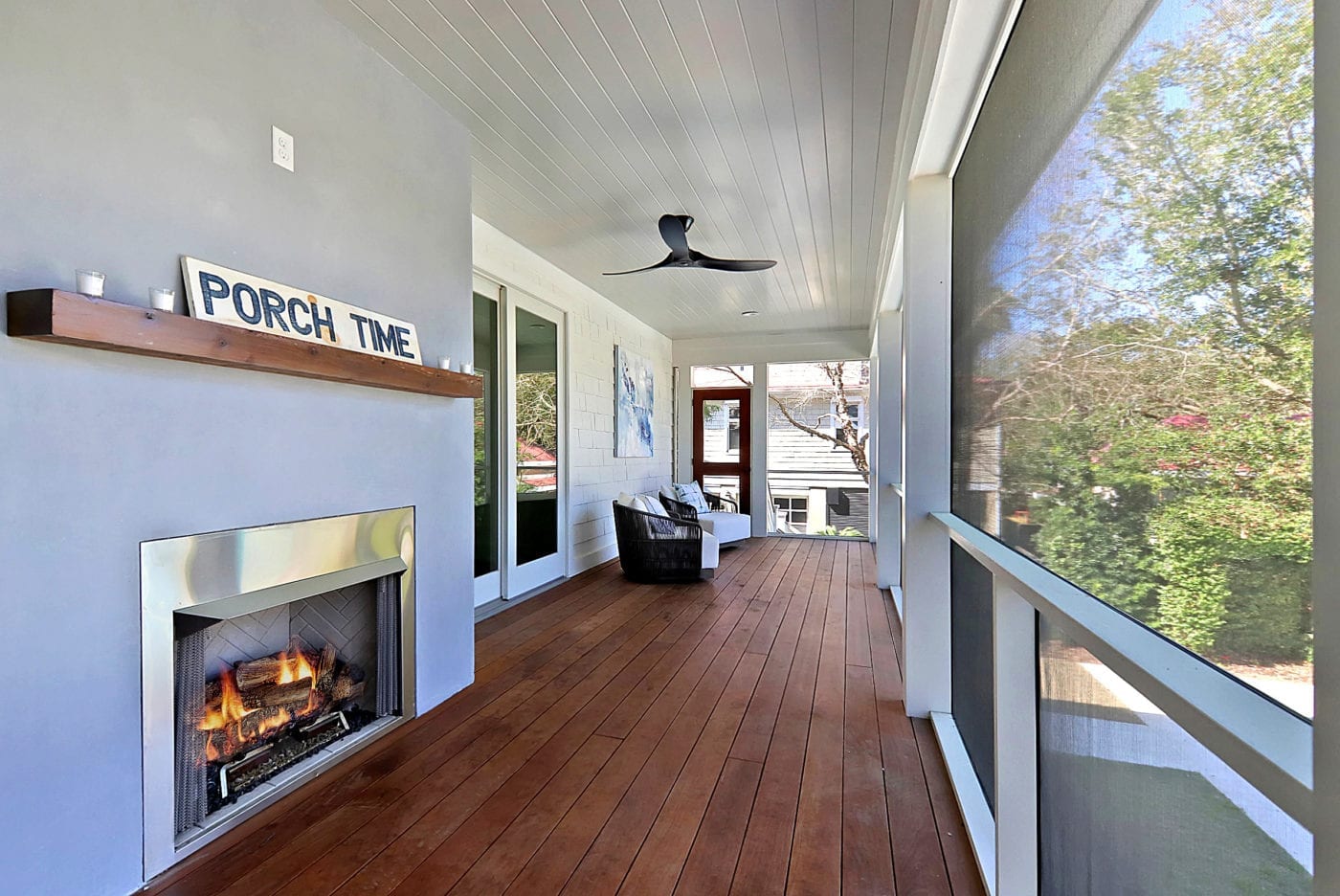

Articles
How To Keep Screened Porch Warm In Winter
Modified: February 29, 2024
Learn effective strategies to keep your screened porch warm during the winter months with our informative articles. Protect your outdoor living space from the cold and enjoy year-round comfort.
(Many of the links in this article redirect to a specific reviewed product. Your purchase of these products through affiliate links helps to generate commission for Storables.com, at no extra cost. Learn more)
Introduction
Having a screened porch is a wonderful addition to any home, providing a space to enjoy the beauty of nature while staying protected from insects and inclement weather. However, as winter approaches, you may be wondering how to keep your screened porch warm and comfortable during the colder months.
The good news is that there are several effective strategies you can employ to create a cozy and inviting atmosphere in your screened porch, even when it’s freezing outside. From insulating the porch to utilizing heaters and implementing thermal flooring, these techniques will help you maintain a warm and enjoyable space throughout the winter season.
In this article, we will explore various methods and tips to keep your screened porch warm in winter. By implementing these ideas, you can make the most of your screened porch year-round, ensuring that it remains a functional and comfortable space, regardless of the temperature outside.
Key Takeaways:
- Transform your screened porch into a cozy winter retreat by insulating, weatherstripping, and adding thermal flooring. Experiment with curtains, heaters, and fireplace options for a warm and inviting space.
- Seal air leaks, cover screens, and utilize electric heaters to create a comfortable winter oasis in your screened porch. From thermal flooring to insulated panels, explore a variety of strategies for warmth.
Read more: How To Winterize A Screened-In Porch
Insulate the Porch
One of the first and most important steps to keeping your screened porch warm in winter is to properly insulate it. Insulation helps to prevent heat loss and keeps the cold air from entering the porch. Here are some effective insulation options:
- Insulated Panels: Installing insulated panels on the walls and ceiling of your porch can provide significant insulation. These panels are typically made of foam or fiberglass and are designed to fit between the existing framework of the porch. They act as a barrier against heat transfer, keeping the warmth inside your screened porch.
- Bubble Wrap: A simple and cost-effective way to insulate a screened porch is by using bubble wrap. Cut the bubble wrap to fit the size of your windows and attach it using double-sided tape. The air trapped in the bubble wrap acts as an insulator, preventing heat loss and reducing drafts.
- Seal Cracks and Gaps: Identify any cracks or gaps in the walls, windows, and doors of your screened porch and seal them with caulk or weatherstripping. This will not only help to keep the cold air out but also prevent heat from escaping.
- Insulated Shades: Another effective option is to install insulated shades on your screened porch windows. These shades have multiple layers of insulating material, such as mylar or foam, which help to minimize heat loss and maintain a comfortable temperature.
By insulating your screened porch, you can create a well-protected and thermally efficient space that retains heat and keeps the cold air at bay. This will significantly contribute to keeping your screened porch warm and comfortable even during the coldest winter days.
Weatherstripping the Windows and Doors
One common area where heat can escape and cold air can enter your screened porch is through the windows and doors. Properly weatherstripping these openings can help minimize drafts and improve insulation. Here are some steps to weatherstrip your windows and doors:
- Check for Gaps: Inspect the windows and doors for any gaps or cracks that allow air to pass through. Common areas to check include the edges, corners, and where the window or door meets the frame.
- Apply Weatherstripping Tape: Use weatherstripping tape to seal the gaps around the windows and doors. This self-adhesive tape is easy to apply and provides an effective seal against drafts. Be sure to choose a tape that is suitable for outdoor use and can withstand temperature changes.
- Add Door Sweeps: Install door sweeps at the bottom of the doors to prevent air from entering or escaping. Door sweeps are typically made of flexible material, such as rubber or bristles, and create a seal when the door is closed.
- Consider Draft Stoppers: Place draft stoppers along the bottom of the windows and doors to further reduce drafts. These can be weighted fabric tubes or foam strips that block airflow and keep the warmth inside your screened porch.
By properly weatherstripping the windows and doors, you can significantly improve the insulation of your screened porch. This will help in keeping the cold air out and the warm air in, ensuring a cozy and comfortable environment during winter.
Using Curtains or Blinds
Another effective way to keep your screened porch warm in winter is by using curtains or blinds. These window coverings not only provide privacy and shade during the warmer months but also serve as an additional layer of insulation in the winter. Here’s how you can utilize curtains or blinds to enhance the warmth of your screened porch:
- Thermal Curtains: Invest in thermal curtains that are specifically designed to provide thermal insulation. These curtains are made with multiple layers of fabric and often have a thermal backing that prevents heat loss and blocks cold air. When closed, they create an extra barrier against the cold and help maintain a cozy environment.
- Cellular Shades: Also known as honeycomb shades, cellular shades are a great option for insulating your windows. Their unique honeycomb-like structure traps air, acting as an additional layer of insulation. These shades are available in various levels of insulation, allowing you to choose the right option for your needs.
- Blackout Curtains: While not specifically designed for insulation, blackout curtains can also provide some level of thermal insulation. Their thick fabric and light-blocking properties help to keep the cold air out and the warm air in. Use them in combination with other insulation methods for maximum efficiency.
- Roller Blinds: Roller blinds can be an effective option for controlling the amount of heat entering or leaving your screened porch. Choose roller blinds with thermal properties or add a thermal liner to enhance their insulation capabilities. You can easily adjust them based on the amount of sunlight and heat you want to allow into the space.
By using curtains or blinds on your screened porch, you can add an extra layer of insulation to your windows, keeping the cold air out and preventing heat loss. These window coverings not only contribute to a warmer environment but also add style and functionality to your space.
Installing a Fireplace or Wood Stove
If you’re looking for a more traditional and cozy way to keep your screened porch warm in winter, consider installing a fireplace or wood stove. Not only do these heating options provide ample warmth, but they also create a charming ambiance. Here are some factors to consider when installing a fireplace or wood stove:
- Space and Ventilation: Before installing a fireplace or wood stove, ensure that your screened porch has enough space and proper ventilation for safe operation. The size of the heating appliance will depend on the dimensions of your porch and the heating requirements.
- Types of Fireplaces: There are various types of fireplaces to choose from, including traditional wood-burning fireplaces, gas fireplaces, and electric fireplaces. Wood-burning fireplaces provide a classic and rustic feel, while gas and electric fireplaces offer convenience and ease of use.
- Chimney or Venting: If you opt for a wood-burning fireplace or wood stove, you will need a suitable chimney or venting system to properly exhaust the smoke and gases. Ensure that your porch can accommodate the necessary ventilation requirements to ensure safety and compliance with any local building codes.
- Proper Installation: Installing a fireplace or wood stove requires professional expertise. Hire a licensed contractor or fireplace installer to ensure that the heating appliance is properly installed, vented, and meets all safety regulations.
- Maintenance: Regular maintenance is essential to ensure the optimal performance and safety of your fireplace or wood stove. Clean the fireplace or stove regularly, remove ash buildup, and have the chimney inspected and cleaned periodically.
Installing a fireplace or wood stove in your screened porch not only provides an effective heating solution but also adds a cozy and inviting atmosphere. Gather around the warmth of the fire, enjoy the crackling sound, and create lasting memories with friends and family during the winter months.
Consider adding weather stripping to the doors and windows of your screened porch to prevent drafts and keep the space warmer in winter. This simple and affordable solution can make a big difference in maintaining a comfortable temperature.
Read more: How To Keep A Sunroom Warm In Winter
Utilizing Electric Heaters or Radiant Heaters
If you’re looking for a convenient and versatile heating option for your screened porch, electric heaters or radiant heaters can be an excellent choice. These heating devices are designed to provide instant warmth and are available in various styles and sizes. Here’s how you can utilize electric heaters or radiant heaters to keep your screened porch warm in winter:
- Electric Space Heaters: Electric space heaters are portable and easy to use, making them a popular choice for heating small to medium-sized screened porches. They come in different types, including ceramic, infrared, and oil-filled heaters. Choose a heater with adjustable settings and safety features like tip-over and overheating protection.
- Radiant Heaters: Radiant heaters are an efficient choice for heating outdoor spaces like screened porches. These heaters emit infrared radiation, which directly heats objects and people in its path instead of warming the air. They are effective in providing targeted and focused warmth, making them ideal for larger porches or specific seating areas.
- Wall-Mounted Heaters: Wall-mounted electric heaters are a space-saving solution that can provide consistent warmth throughout your screened porch. These heaters can be installed on a wall or ceiling, allowing for efficient heat distribution. Look for models with adjustable settings and built-in timers for added convenience.
- Outdoor Electric Patio Heaters: If you have a larger screened porch or plan to entertain guests, consider outdoor electric patio heaters. These heaters are specifically designed for outdoor use and can provide ample warmth even on chilly evenings. They often come with adjustable heat settings, built-in timers, and weather-resistant features.
When using electric heaters or radiant heaters in your screened porch, it’s important to follow safety guidelines and never leave them unattended. Keep heaters away from flammable materials, ensure proper ventilation, and make sure cords are not a tripping hazard. Additionally, always read the manufacturer’s instructions and warnings before use.
Electric heaters or radiant heaters offer convenience and flexibility, allowing you to quickly warm up your screened porch and create a comfortable environment during the winter months.
Adding Thermal Flooring
When it comes to keeping your screened porch warm in winter, don’t overlook the importance of thermal flooring. Choosing the right type of flooring can help insulate your space and keep your feet warm and comfortable. Here are some options for adding thermal flooring to your screened porch:
- Outdoor Rugs: Adding outdoor rugs to your screened porch can help provide an extra layer of insulation and warmth. Look for rugs made from durable and weather-resistant materials such as polypropylene or nylon. These rugs not only insulate the floor but also add style and coziness to your space.
- Insulated Underlayments: Installing insulated underlayment beneath your flooring can significantly improve thermal insulation. These underlayments are typically made from materials like cork or foam, which provide a barrier against cold air and help retain heat. They also help reduce noise and act as a cushion underfoot.
- Heated Flooring Systems: For the ultimate in luxury and warmth, consider installing a heated flooring system in your screened porch. Electric radiant heating systems or heated floor mats can be installed beneath your flooring to provide gentle warmth throughout the space. This option requires professional installation and should be considered during the construction or renovation phase.
- Insulated Flooring Materials: When choosing flooring for your screened porch, opt for materials that offer good insulation properties. Some options to consider include cork, carpet tiles with thermal backing, or engineered wood flooring with added insulation. These materials help prevent heat loss and provide a warmer surface to walk on.
By adding thermal flooring to your screened porch, you can create a more comfortable and inviting space during the winter months. Not only will it help retain heat, but it can also add visual appeal and enhance the overall functionality of your porch.
Sealing Air Leaks
To effectively keep your screened porch warm in winter, it’s essential to identify and seal any air leaks. The smallest gaps or cracks can allow cold air to enter and warm air to escape, reducing the overall insulation of your space. Here are some steps to seal air leaks on your screened porch:
- Inspect for Leaks: Carefully examine your screened porch for any signs of air leaks. Check around windows, doors, electrical outlets, and any other areas where potential gaps or cracks may exist.
- Apply Caulk or Weatherstripping: Use caulk or weatherstripping to seal gaps around windows, doors, and other openings. Caulk is ideal for sealing stationary components, while weatherstripping works well for movable parts. Be sure to choose quality caulk or weatherstripping that is suitable for outdoor use and can withstand temperature fluctuations.
- Seal Electrical Outlets: Electrical outlets can also be a source of air leaks. Install foam gaskets or use silicone caulk to seal around outlets and switch plates, preventing cold air from infiltrating your screened porch.
- Check and Insulate Ductwork: If your screened porch has ductwork for heating or cooling purposes, check for any gaps or loose connections and seal them with foil tape or mastic sealant. Additionally, ensure that the ductwork is properly insulated to prevent heat loss.
- Seal Floor and Wall Joists: Inspect the floor and wall joists of your screened porch for any gaps or areas where air may be escaping. Use expanding foam or caulk to seal these gaps and improve insulation.
By taking the time to seal air leaks, you can significantly improve the insulation and energy efficiency of your screened porch. This will help retain heat and keep your space warm and comfortable during the winter months.
Covering the Screens
When winter arrives, covering the screens of your porch can help provide an extra layer of insulation and keep the cold air at bay. Here are some options for covering the screens on your screened porch:
- Plastic Sheet Covers: One simple and cost-effective option is to attach plastic sheet covers to the exterior of your screened porch. Secure the plastic sheeting over the screens using clips or tape. This layer acts as a barrier against the wind and can help reduce heat loss.
- Clear Vinyl Panels: Clear vinyl panels are a popular choice for enclosing screened porches during the winter. These panels are available in various sizes and can be installed vertically or horizontally to cover the screens. They provide protection from the elements while still allowing light to pass through.
- Temporary Insulated Panels: Temporary insulated panels are designed specifically for enclosing screened porches during the winter months. These panels are made of insulated materials and can be easily installed and removed as needed. They provide a more permanent and durable solution compared to plastic covers.
- Roll-Up Shades or Blinds: Install roll-up shades or blinds made of insulating materials to cover the screens. These shades or blinds can be easily rolled down during the colder months to provide an extra layer of insulation and protection against cold drafts.
By covering the screens of your screened porch during the winter, you can create a more enclosed and insulated space. This helps in trapping heat inside and keeping the cold air outside, ensuring a cozy and comfortable environment for you to enjoy.
Read more: How To Insulate A Screened Porch For Winter
Wrapping Up
Keeping your screened porch warm in winter doesn’t have to be a challenge. With the right strategies and techniques, you can create a cozy and inviting space to enjoy even during the coldest months. Here’s a quick recap of the methods we’ve discussed:
- Insulate the porch using insulated panels, bubble wrap, and sealing cracks and gaps.
- Weatherstrip the windows and doors to prevent drafts.
- Utilize curtains or blinds to add an extra layer of insulation.
- Consider installing a fireplace or wood stove for warmth and ambiance.
- Utilize electric heaters or radiant heaters for convenient and targeted heating.
- Invest in thermal flooring to improve insulation and comfort.
- Seal air leaks to prevent heat loss and cold air infiltration.
- Consider covering the screens with plastic sheet covers, vinyl panels, or insulated panels.
By implementing these methods, you can transform your screened porch into a warm and comfortable oasis during the winter months. Experiment with different techniques and combinations to find what works best for your specific space and needs.
Remember, while it’s essential to keep your screened porch warm, safety should always be a priority. Be cautious when using heating appliances, follow installation and maintenance guidelines, and never leave heaters unattended.
Now, armed with these tips, you can enjoy the beauty of your screened porch year-round and make the most out of this valuable and versatile space, even when the temperatures outside begin to drop.
Frequently Asked Questions about How To Keep Screened Porch Warm In Winter
Was this page helpful?
At Storables.com, we guarantee accurate and reliable information. Our content, validated by Expert Board Contributors, is crafted following stringent Editorial Policies. We're committed to providing you with well-researched, expert-backed insights for all your informational needs.
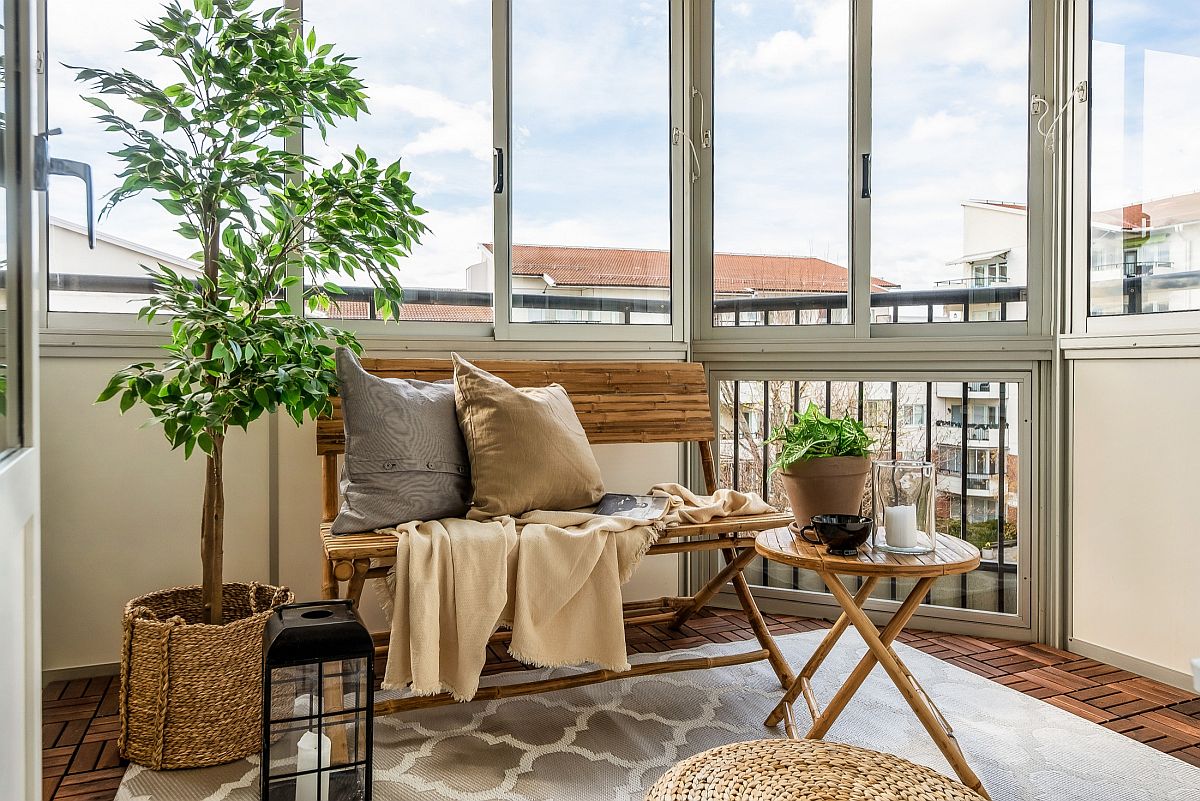
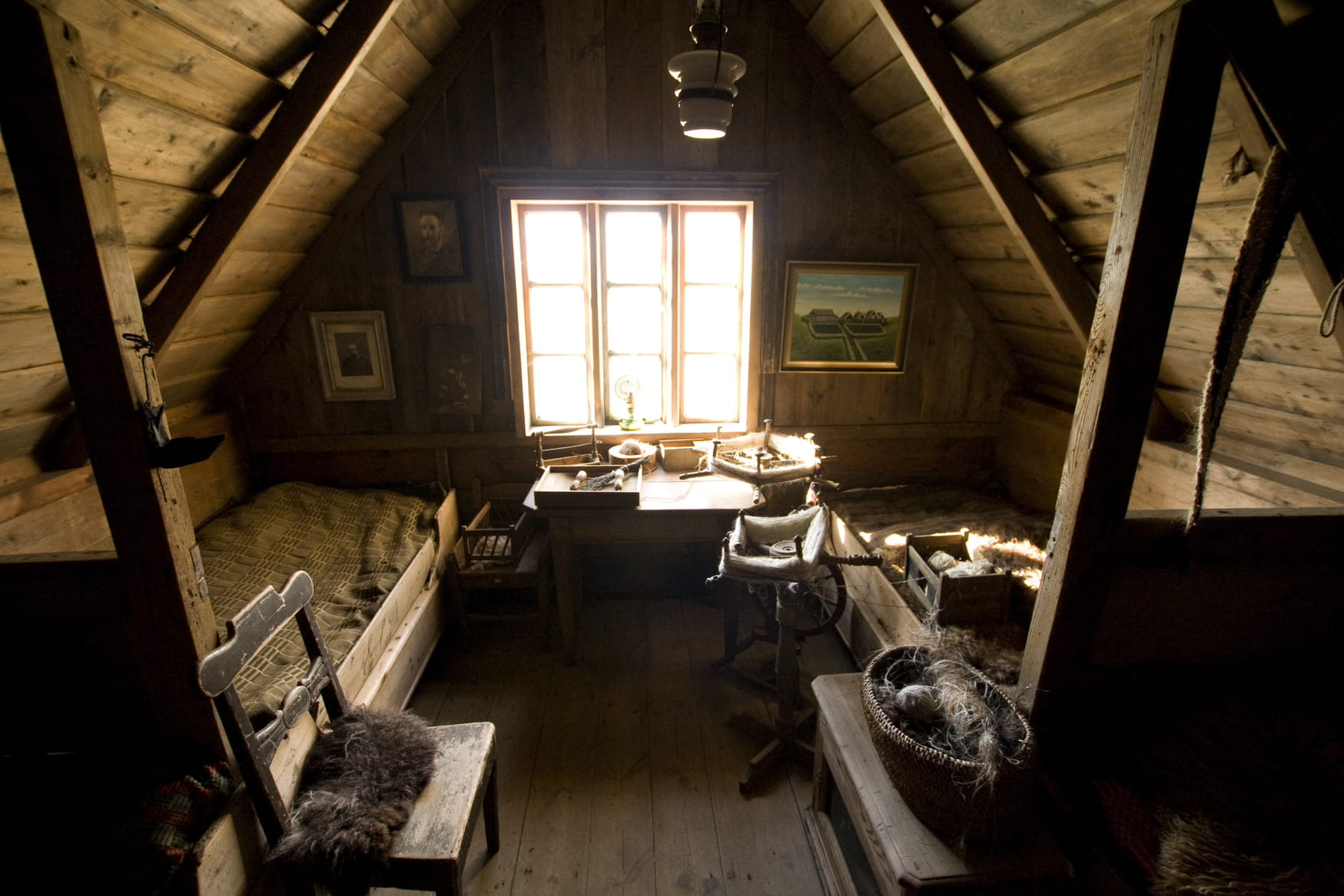


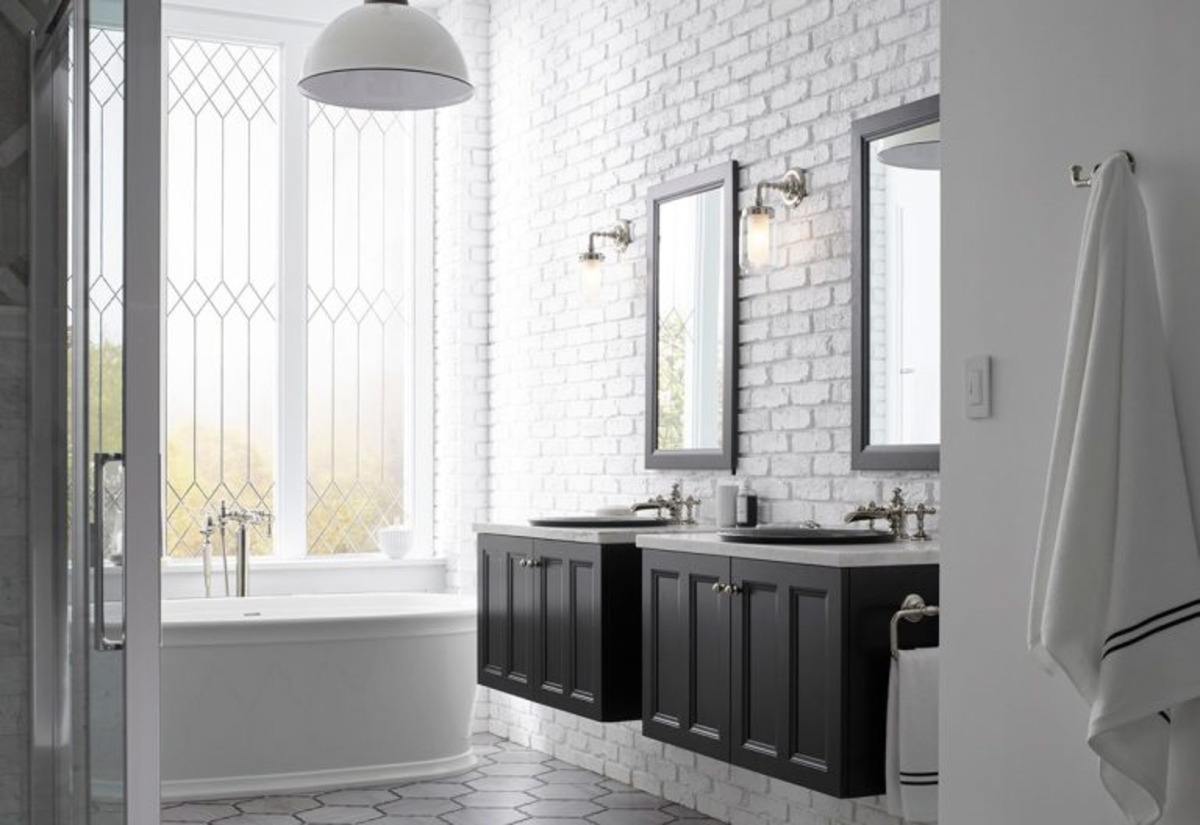
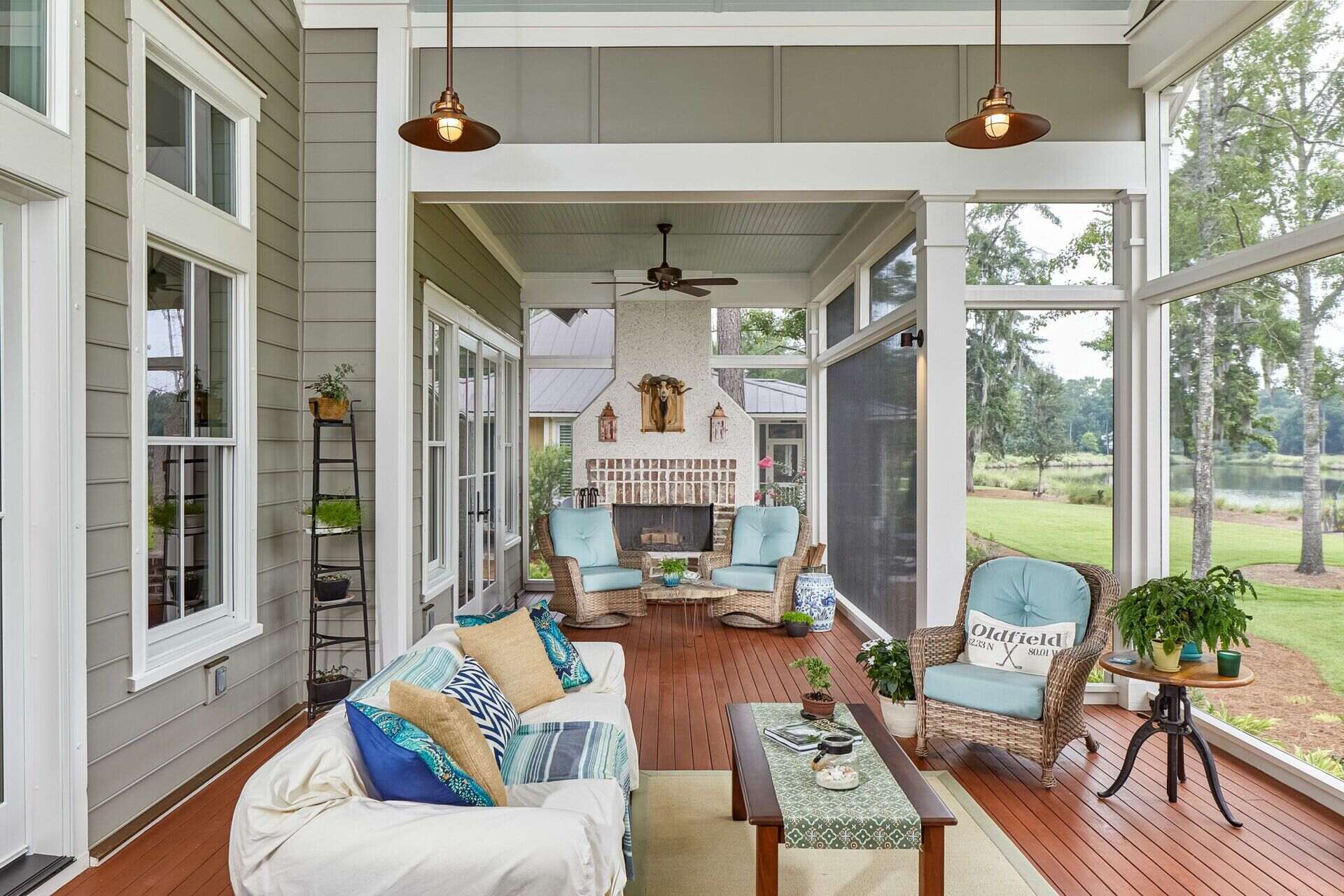
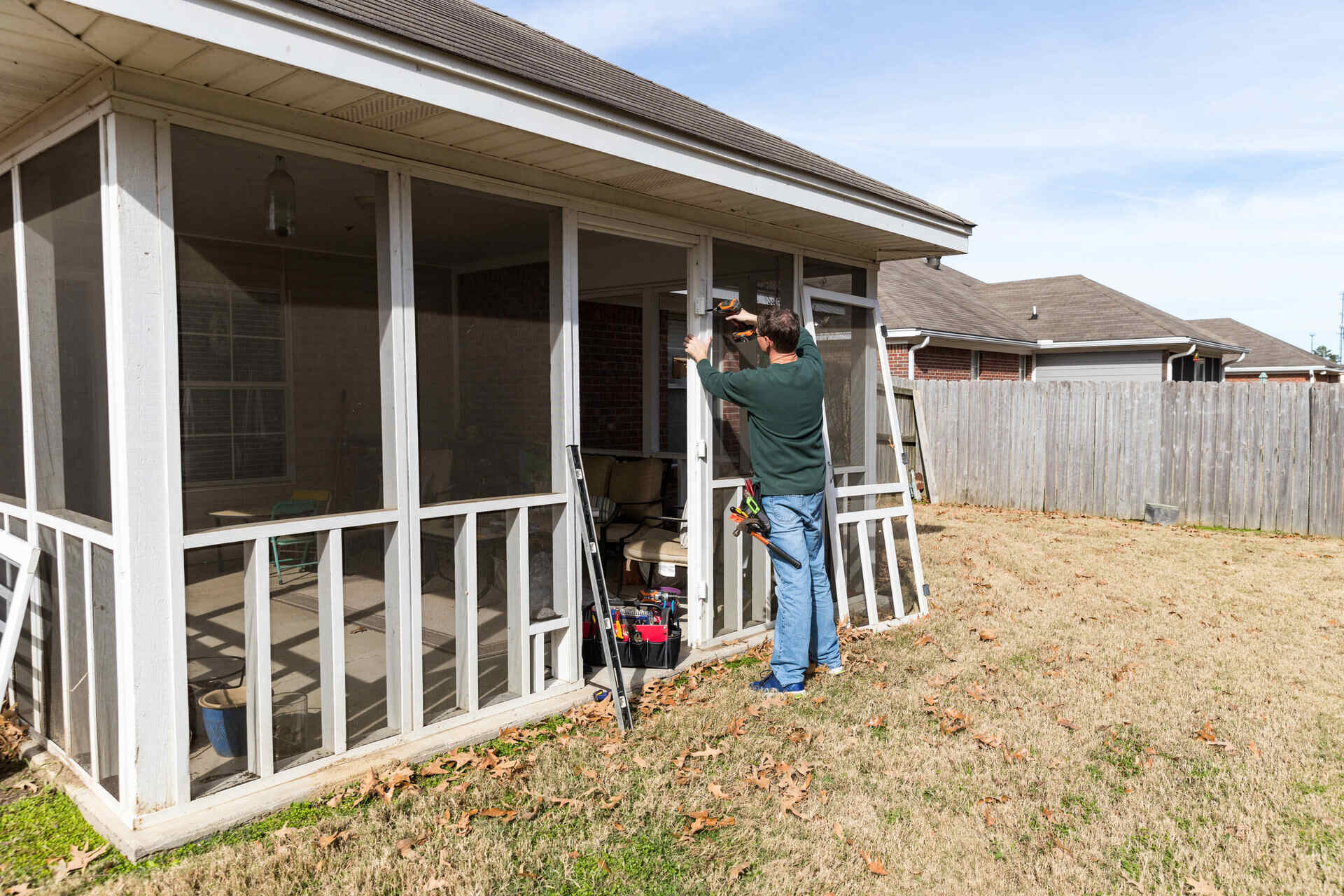
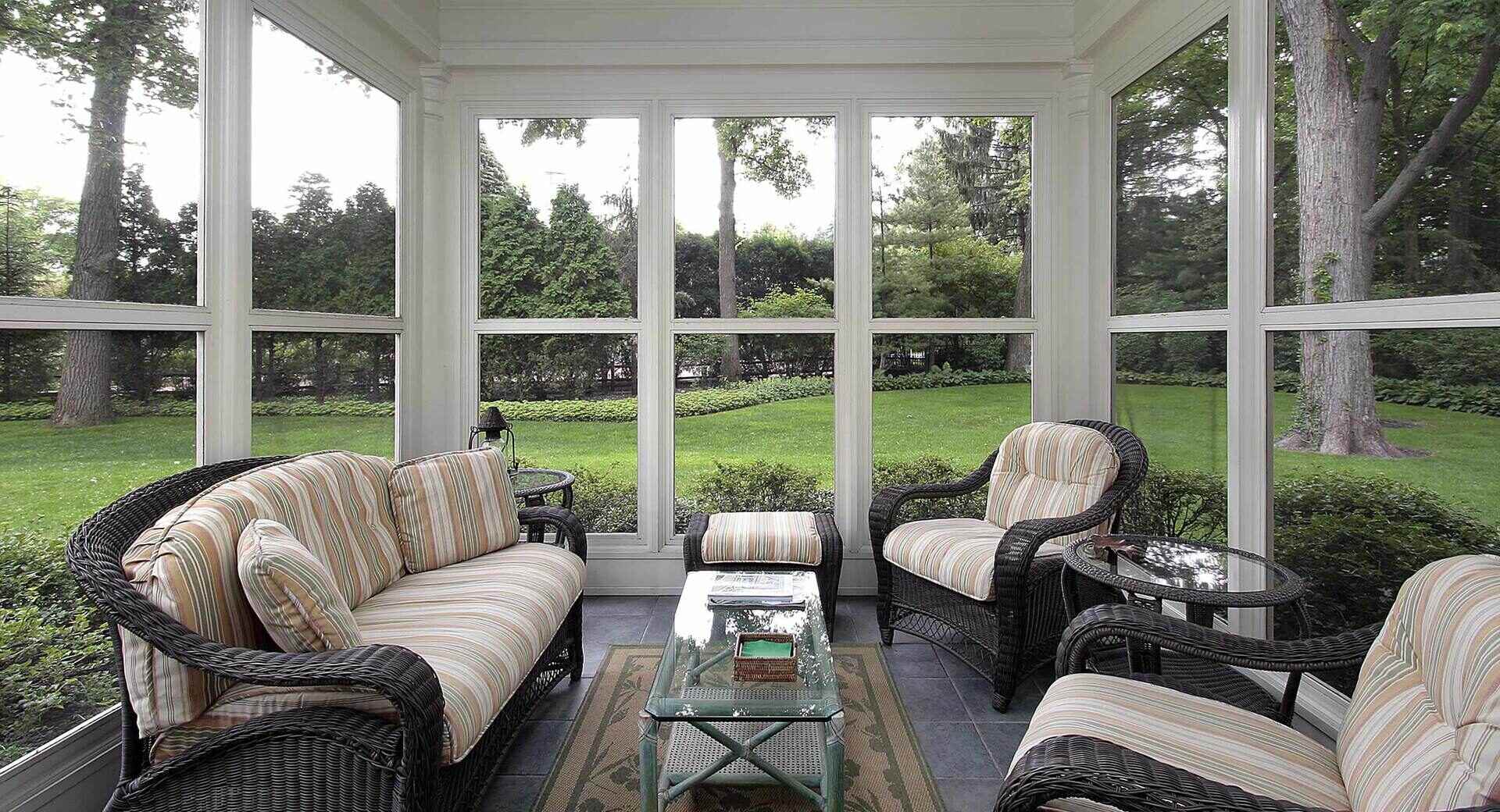
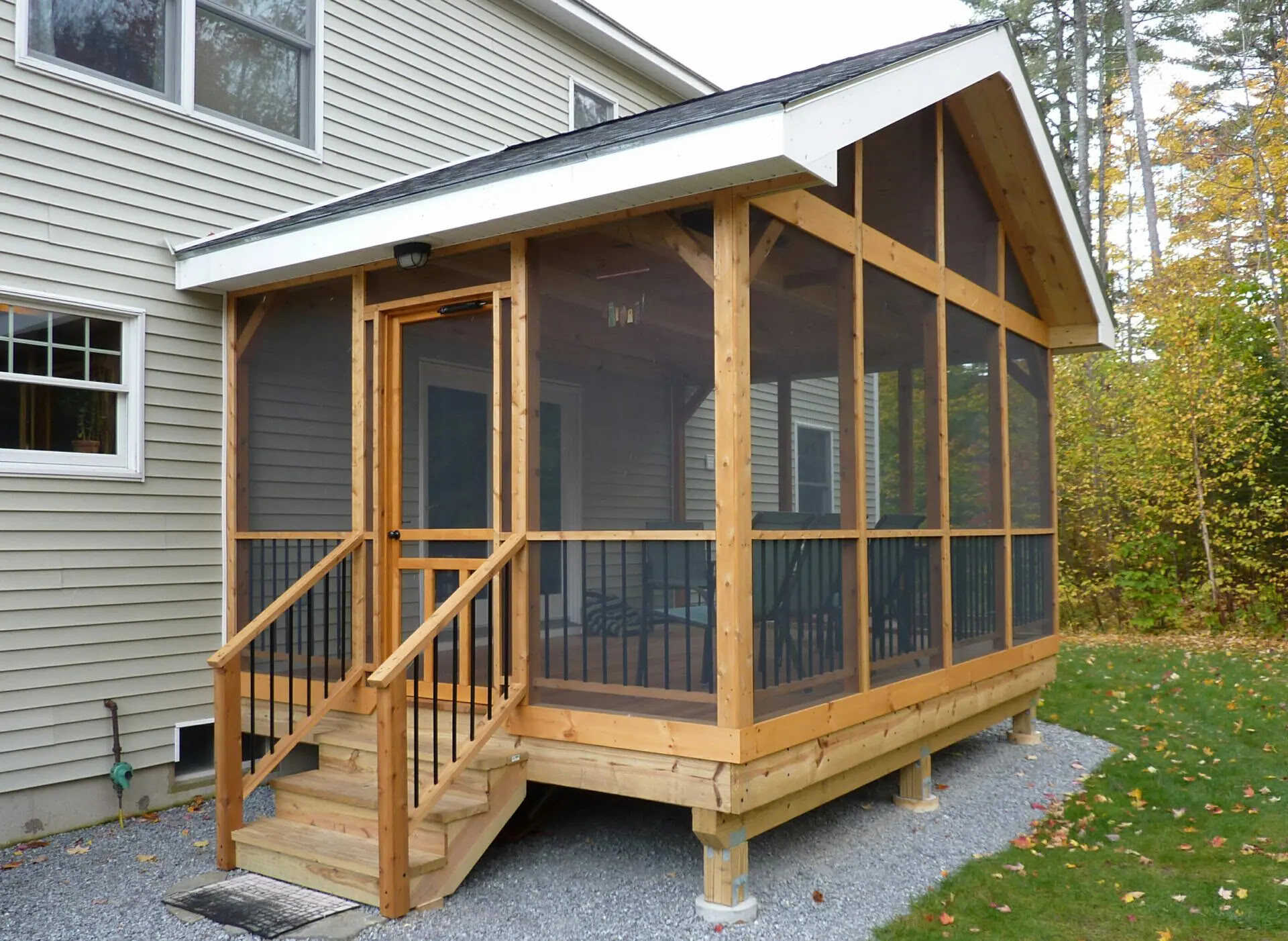
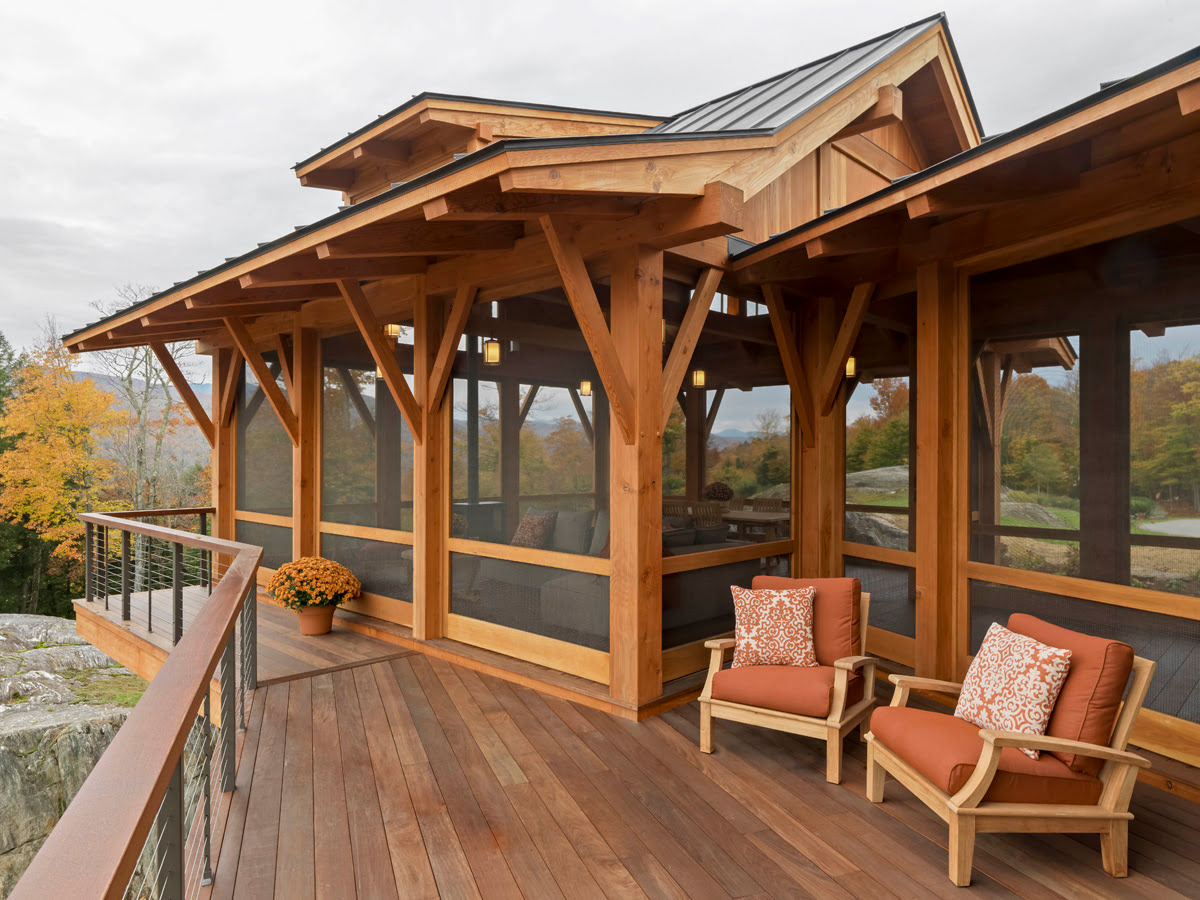
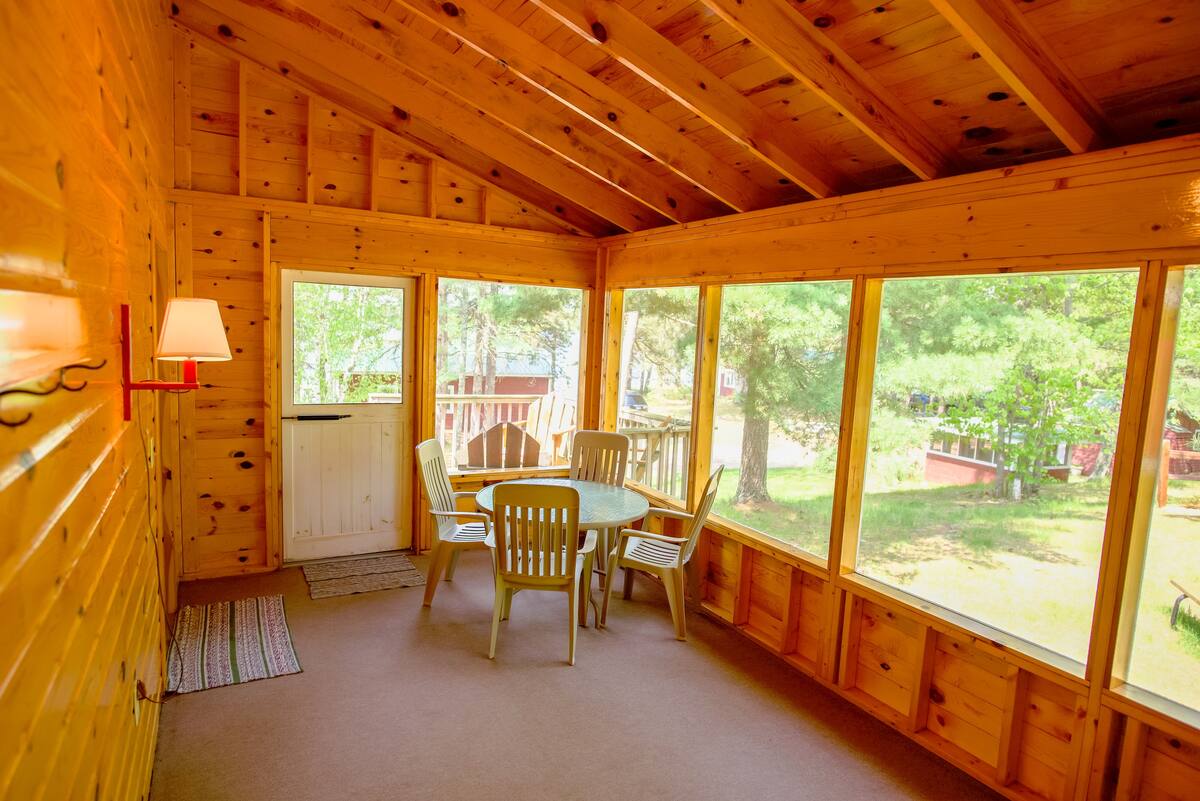
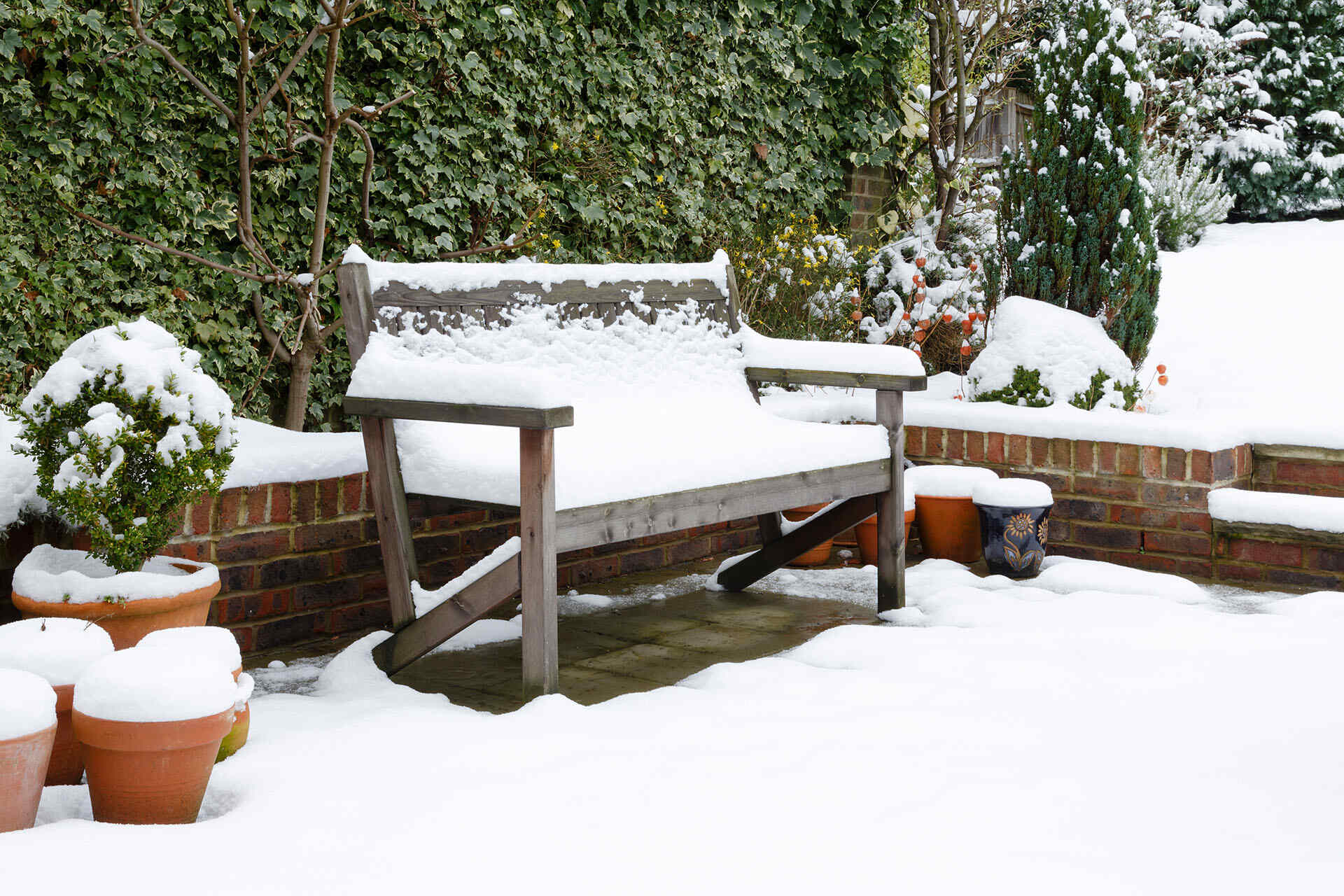


0 thoughts on “How To Keep Screened Porch Warm In Winter”